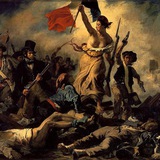🐈 A mummified cat from Egypt, late Ptolemaic Period. Rosicrucian Egyptian Museum, San Jose, California. Photo by Mary Harrsch.
🐈⬛ Bronze figure of an Egyptian cat playing with one of her kittens and feeding another, Saite 26th Dynasty period (664-525 BCE). The goddess Bastet, who had a cat’s head, was one of the many gods in the polytheistic Egyptian religion and had her own temple in Bubastis, in the Nile Delta.
Gulbekian Museum, Lisbon, Inv. No.21. Photo by Shadowgate.
🐱 Hollow cast bronze statue depicting a seated cat wearing golden earrings, a nose ring and a silver wedjat (Eye of Horus) pectoral. Possibly from Saqqara, Egypt, c. 600 BCE. Bequest of Major Robert Gayer-Anderson, 1939. The British Museum, London. Photo ©️ by Osama S.M. Amin.
@world_history
🐈⬛ Bronze figure of an Egyptian cat playing with one of her kittens and feeding another, Saite 26th Dynasty period (664-525 BCE). The goddess Bastet, who had a cat’s head, was one of the many gods in the polytheistic Egyptian religion and had her own temple in Bubastis, in the Nile Delta.
Gulbekian Museum, Lisbon, Inv. No.21. Photo by Shadowgate.
🐱 Hollow cast bronze statue depicting a seated cat wearing golden earrings, a nose ring and a silver wedjat (Eye of Horus) pectoral. Possibly from Saqqara, Egypt, c. 600 BCE. Bequest of Major Robert Gayer-Anderson, 1939. The British Museum, London. Photo ©️ by Osama S.M. Amin.
@world_history
🔥4❤2
tgoop.com/world_history/1179
Create:
Last Update:
Last Update:
🐈 A mummified cat from Egypt, late Ptolemaic Period. Rosicrucian Egyptian Museum, San Jose, California. Photo by Mary Harrsch.
🐈⬛ Bronze figure of an Egyptian cat playing with one of her kittens and feeding another, Saite 26th Dynasty period (664-525 BCE). The goddess Bastet, who had a cat’s head, was one of the many gods in the polytheistic Egyptian religion and had her own temple in Bubastis, in the Nile Delta.
Gulbekian Museum, Lisbon, Inv. No.21. Photo by Shadowgate.
🐱 Hollow cast bronze statue depicting a seated cat wearing golden earrings, a nose ring and a silver wedjat (Eye of Horus) pectoral. Possibly from Saqqara, Egypt, c. 600 BCE. Bequest of Major Robert Gayer-Anderson, 1939. The British Museum, London. Photo ©️ by Osama S.M. Amin.
@world_history
🐈⬛ Bronze figure of an Egyptian cat playing with one of her kittens and feeding another, Saite 26th Dynasty period (664-525 BCE). The goddess Bastet, who had a cat’s head, was one of the many gods in the polytheistic Egyptian religion and had her own temple in Bubastis, in the Nile Delta.
Gulbekian Museum, Lisbon, Inv. No.21. Photo by Shadowgate.
🐱 Hollow cast bronze statue depicting a seated cat wearing golden earrings, a nose ring and a silver wedjat (Eye of Horus) pectoral. Possibly from Saqqara, Egypt, c. 600 BCE. Bequest of Major Robert Gayer-Anderson, 1939. The British Museum, London. Photo ©️ by Osama S.M. Amin.
@world_history
BY World’s History
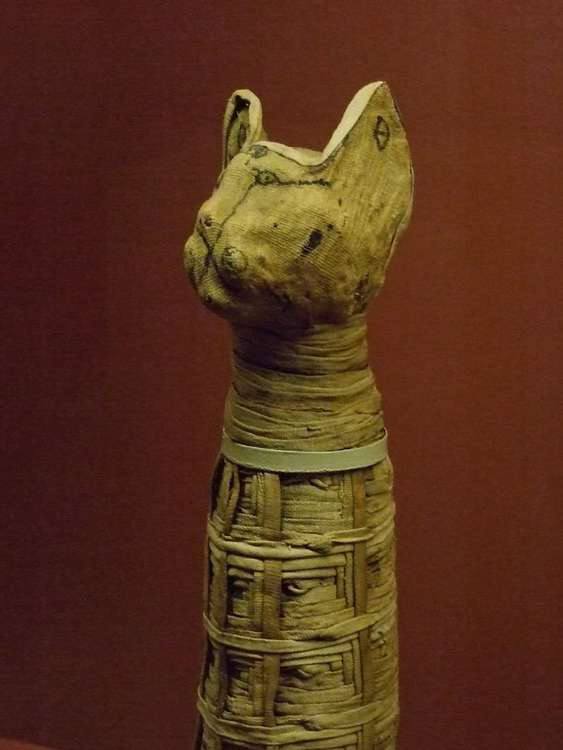
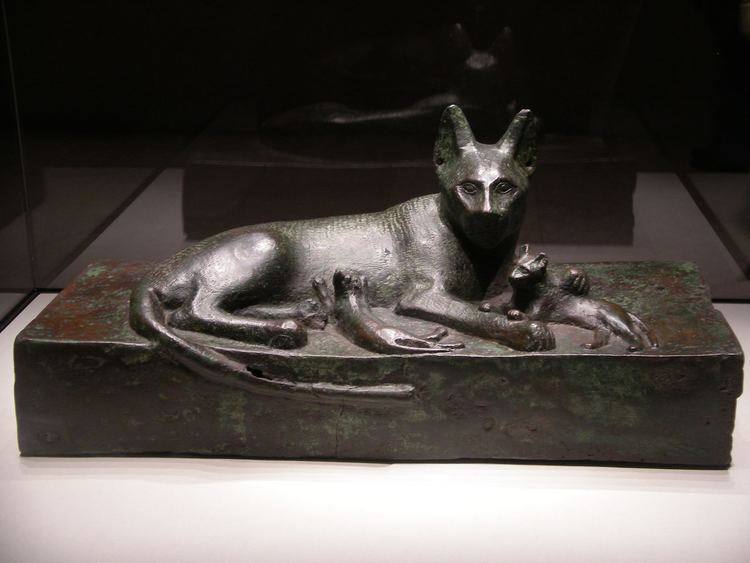
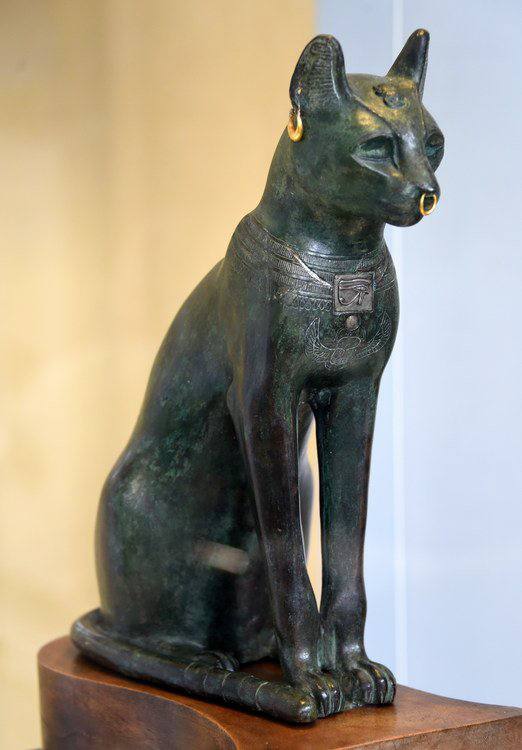
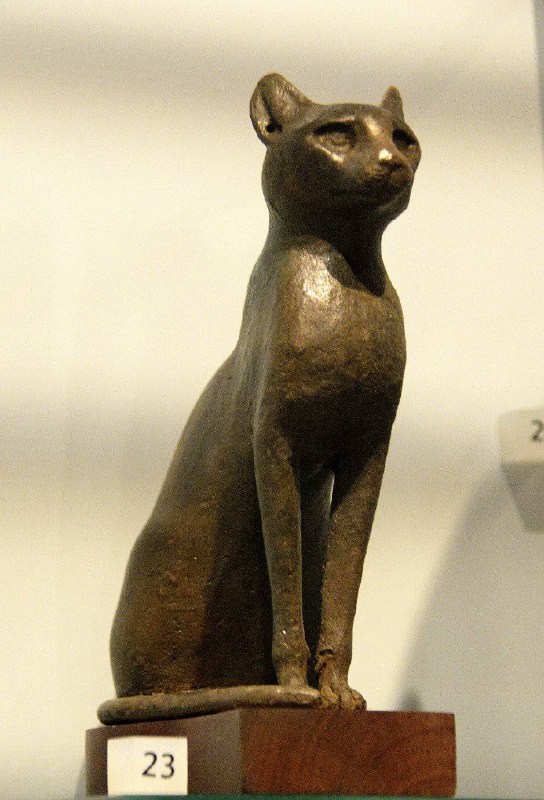
Share with your friend now:
tgoop.com/world_history/1179
